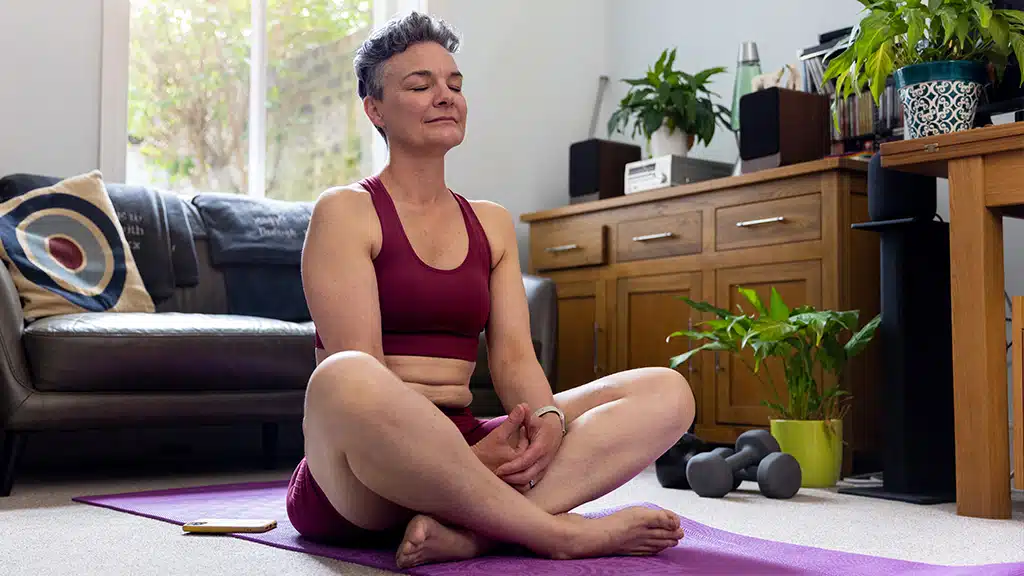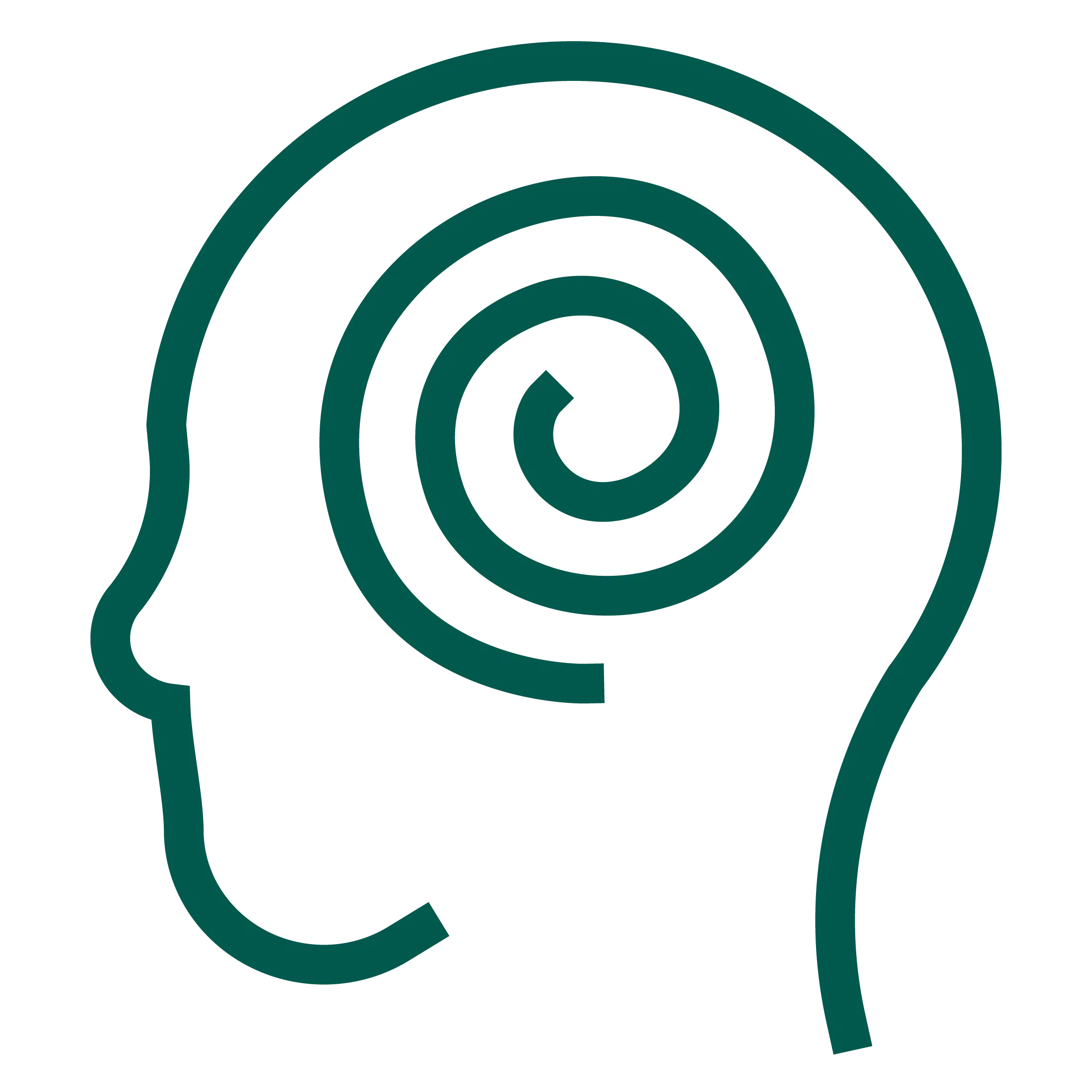Saprea > Online Healing Resources >Common Symptoms: Anxiety
What Is Anxiety?
Anxiety is a common part of everyday life. We can all experience it at varying degrees within any given situation. In fact, there are over 3 million cases of anxiety disorders diagnosed in the US each year.1
In broad terms, anxiety, is an emotion characterized by feelings of dread, apprehension, tension, or worry. It is also described as the mental and physical anticipation of a negative result.2 Anxiety can accompany the anticipation of a stressful event, dread over outcomes that are unknown, and/or other mental health struggles like depression or loneliness. It can be experienced in short bursts—perhaps before going on a date, resolving a conflict at work, or performing in front of a large crowd—as well as over long periods of time.
What Does Anxiety Feel Like?
While anxiety can manifest in a myriad of ways and be experienced at varying degrees of intensity, there are some common traits that characterize it as a symptom. They include:1
- Feelings of nervousness, anticipation, or dread
- An increased heart rate
- Perspiration
- Muscle tension
- A sense of impending danger
- Insomnia
- Feelings of restlessness
- Stomach problems
- Difficulty concentrating
- Trembling
- An urge to escape or avoid
How Do I Know if I Have an Anxiety Disorder?
While everyone experiences a moderate degree of anxiety on an occasional basis, some may endure it to a much greater degree, and at concerning levels of intensity. For these individuals, anxiety is something that pervades through their everyday, accompanied by acute levels of fear, worry, and dread about any given circumstance. These intense, relentless emotions may interfere with their life to the point where they may avoid certain situations, conflicts, or relationships that would otherwise seem manageable.
This type of persistent, intense anxiety may be indicative of an anxiety disorder. It often disrupts an individual’s everyday life and can take an exhaustive toll on their well-being. It is also heavily linked to individuals who experience post-traumatic stress, like survivors of child sexual abuse.
Why Do Many Survivors of Child Sexual Abuse Experience Anxiety?
Often times, due to the traumatic events of the past, a survivor’s limbic system will continue to remain at a high level of alertness, bracing for any signs of danger. This hypervigilance can continue long after the abuse has stopped, which can cause the survivor to feel chronically unsafe for years or even decades afterwards. The emotions of fear, betrayal, and helplessness that a survivor experienced so severely during the abuse might never go away, lingering as stored trauma in both the brain and body. They may “live in a body that is always on guard,”3 unable to feel relaxed or safe, even when no threat is present.
And when both the body and brain are always in this state of high tension, bracing for the next perceived threat, this chronic sense of unsafety can manifest as anxiety. In many instances, this type of anxiety is accompanied by sudden and unexpected feelings of severe distress, which may escalate into a panic attack. For survivors of child sexual abuse, panic attacks may occur after experiencing a trigger, or something that reminds the limbic system of the past abuse and activates a fight, flight, or freeze response in order to keep the survivor safe.
A survivor might not only experience anxiety as a result of these triggers, but they may also feel intense anxiety and dread over when the next trigger will occur. To this end, a survivor’s anxiety may be so prevalent that they will base everyday decisions on the degree of anxiety each decision may lead to, or on the likelihood that they will experience another trigger. They may avoid certain events, settings, interactions, or situations, despite the emotional needs such opportunities would fulfill. And while this avoidance is largely due to the brain doing its best to protect the survivor from being harmed again, it can hinder the quality of a survivor’s life.
Is It Common to Experience Both Anxiety and Depression?
Yes. Anxiety and depression can often occur in a corresponding cycle.4 In many instances, individuals who feel defined by their anxiety are fully aware that the worries and fears that inhabit their daily life are not helpful or needed. Despite this awareness, their anxiety will persist anyway, leading to a feeling of helplessness against the distress or dread that dominates their life. For survivors, this perception of lacking control over their emotional state can stem from the feelings of powerlessness and incapacity they experienced during the sexual abuse. This feeling of having no control can be accompanied by a sense of failure, which can become a gateway to depression.
When describing this cycle, Sally R. Connolly, LCSW and therapist, says: “When you get anxious, you tend to have this pervasive thinking about some worry or some problem. You feel bad about it. Then you feel like you’ve failed. You move to depression.”4
Many survivors experience this cycle, with feelings of frustration and inadequacy to “handle” their trauma-induced anxiety giving way to depression and lacking any motivation to try. Sometimes this cycle can culminate into what is known as either an anxiety disorder or a depressive disorder. If you are going through a similar pattern, know that this cycle is very natural, especially given all that you have endured and how your brain had to find ways to cope with the trauma at a young age. Though it may not feel like it, your brain is not trying to work against you but rather on behalf of your safety, using the tools it acquired at the time of the trauma.
How to Cope with Anxiety
As inevitable and persistent as anxiety can feel, there are many resources available to help you manage it. If you are experiencing a disruptive level of anxiety, we highly advise you to seek the help of a medical professional who can direct you to the resources that may work best for your personal situation.
Along with the help of a medical professional, there are also new tools you can learn to help retrain your brain to protect you in a more helpful way. Among the most useful tools is Mindfulness. Oftentimes, anxiety occurs when we are ruminating on the past or when we are experiencing dread about the future. Feeling stuck in either of these modes can make it all the more difficult to live in the present. This is where Mindfulness comes into play. Mindful practice centers around guiding our attention away from the past or the future and instead focusing on the present. When we mindfully shift our thoughts to our current experience, we can not only engage in life to the fullest, but also better manage the pain of the past and the worries of the future.
Mindfulness, just like with any other skill, takes time to develop. And even after you begin practicing it, odds are you will still experience patterns of anxiety. You might even feel anxiety about feeling anxiety or about not practicing Mindfulness “the right way.” When this happens, try to be patient and compassionate with yourself, and remember that even when it doesn’t seem like it, your brain is creating new neural pathways each time you attempt to do something in a mindful way. And these new pathways will make it that much easier to manage anxieties in the future.
Resources to Help Manage Anxiety

Grounding Techniques

Meditation

